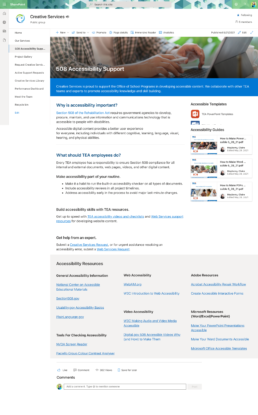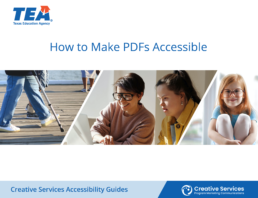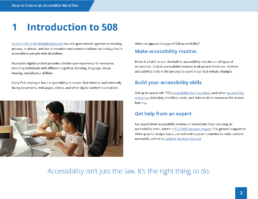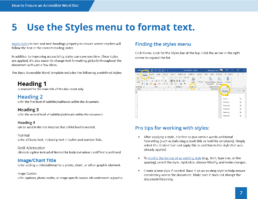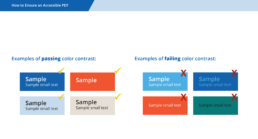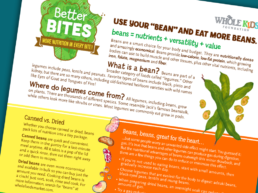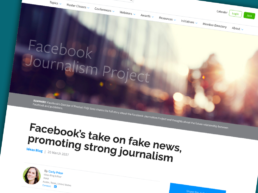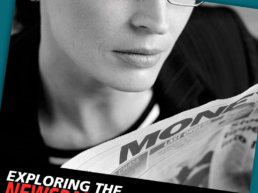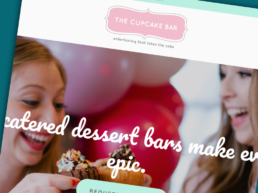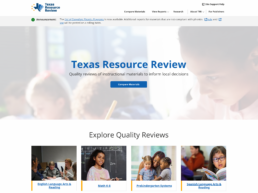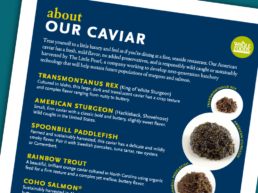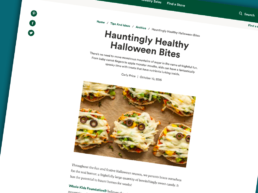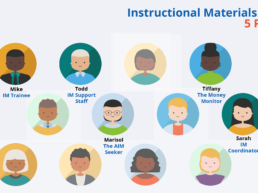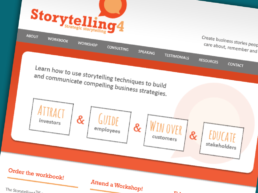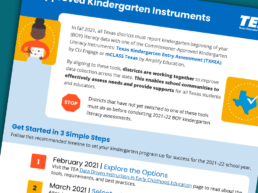Texas Education Agency Accessibility Guides and Microsite
To comply with federal law, all digital communication produced at TEA must be accessible for users with visual, hearing, learning, and cognitive disabilities. As content strategist, I constantly strived to educate other agency teams about accessibility in order to help them produce better content.
While supporting TEA employees in this work, it became evident that most found existing internal accessibility resources unhelpful. The many steps and technical details involved to make documents, videos, and other digital content accessible can be difficult, tedious, and frustrating.
To address this problem, I collaborated with a designer to develop an internal SharePoint site and a set of high-quality training guides to help agency employees create accessible content that is not only compliant but also truly usable.
A key part of our content strategy was to foster more empathy for the end users who need content to be accessible, primarily individuals with vision or hearing disabilities. Recentering the messaging around empathy for end users was a huge motivator that dramatically improved content producers’ attitudes toward the highly technical and tedious, yet crucial work.
Through surveys and two rounds of testing the site and the guides, we gathered feedback and made continual improvements that improved usability and aligned with employees’ everyday tasks. Our online resources proved to be much more useful than the documents and list links previously offered to employees.
